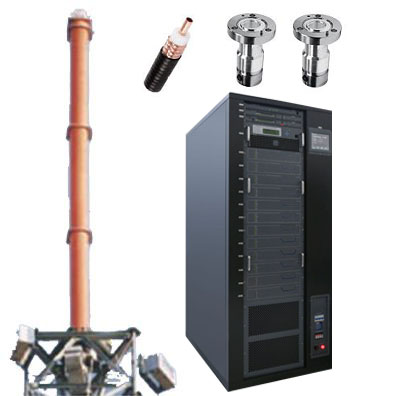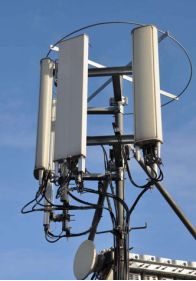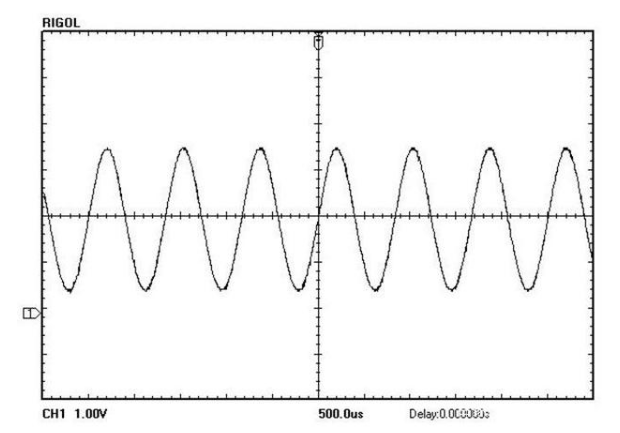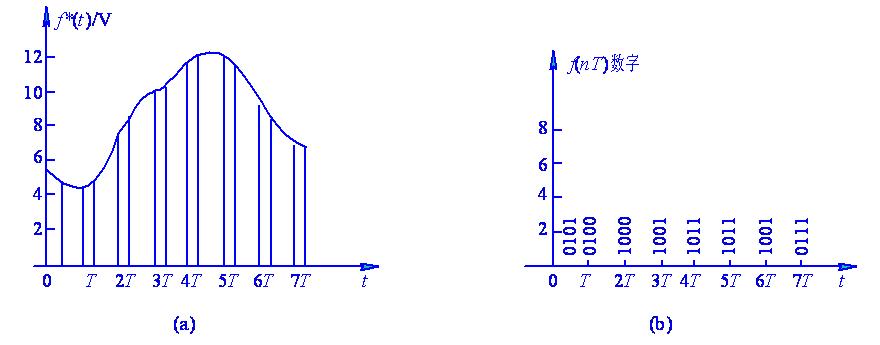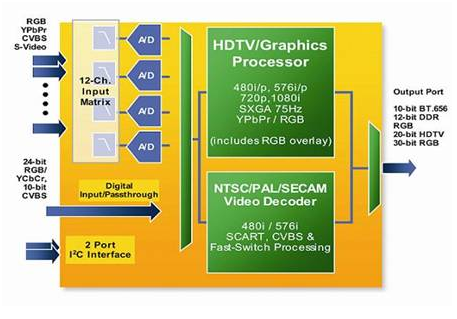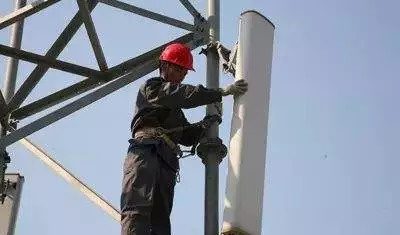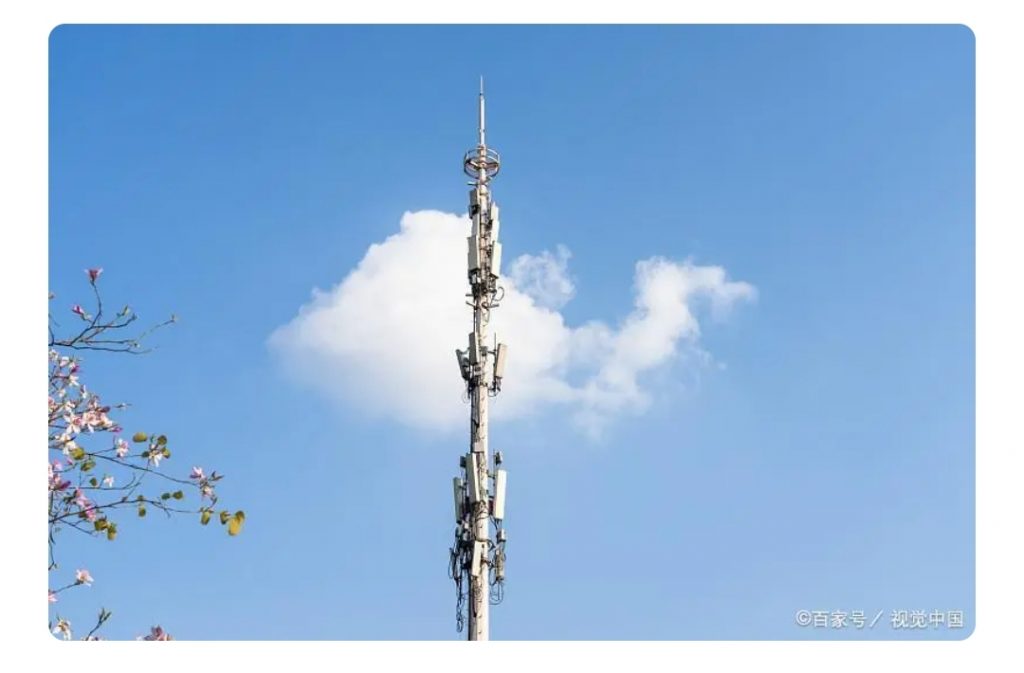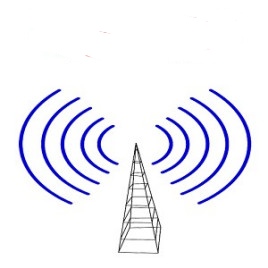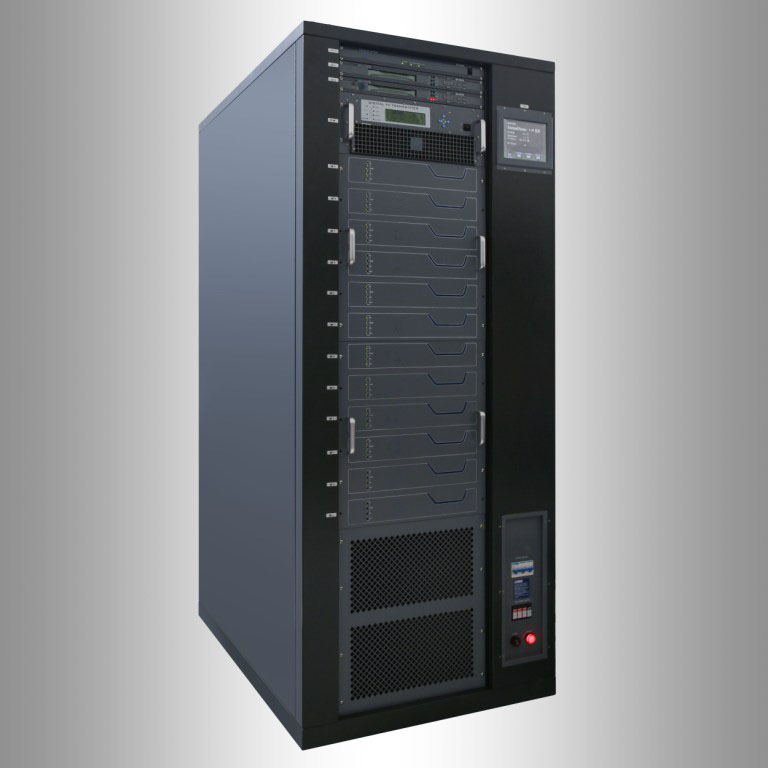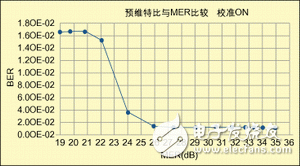At present, solid-state transmitters are the most basic form of communication in the process of digital information transmission, with characteristics such as relevance, diversity, and adaptability. This article starts from the background of the application of radio and television technology, combined with the principle of radio and television solid-state transmitters, conducts in-depth discussions on the problems and maintenance strategies of radio and television solid-state transmitters, in order to maximize the advantages of equipment and technology, so as to ensure the quality of radio and television The broadcast quality of the programme.
Relying on the transmission of radio and television signals, it can guarantee the comprehensive exploration and communication of social information, which can be said to be the main link of information communication in the whole society. With the rapid development of social economy, my country’s media industry has ushered in unprecedented development opportunities, especially the transmission of radio and television information will face various needs for self-optimization, development, and renewal. At this stage, the main technical form of my country’s radio and television is the solid-state transmitter, which allows the signal transmission mode to achieve multi-dimensional transmission, and is directly related to the quality of radio and television programs. Therefore, it is of practical significance to discuss the principles and maintenance strategies of radio and television solid-state transmitters.
Analysis on the principle of radio and television solid-state transmitters
Intuitively speaking, a solid-state transmitter is an information control device, which contains dozens or even thousands of solid-state transmitter modules. On the one hand, the program of the solid-state transmitter mainly relies on microwave integrated circuits, so that several solid-state transmitter modules are “serialized” together, so that the goal of comprehensively regulating the solid-state transmitter frequency can be further realized in a specific period; the other On the one hand, in the process of transmitting and receiving microwaves, solid-state transmitters mainly rely on several microwave power devices, or low-noise receiver conductors. The specific analysis is as follows:
Analysis on the principle of hardware control
From the perspective of my country’s radio and television technology system, the structure of the currently used solid-state transmitter mainly includes a computer monitoring system, a cooling system, a power supply control system, passive components, power detectors, and exciters. From the point of view of the power actuator, its main function is to bear the heavy responsibility of solid-state transmitter signal transmission and reception; for passive components and power method devices, its function is to scientifically process and adjust the power; computer monitoring system, cooling air The main functions of the system and the entire power supply control structure are to supervise the operating status of the entire system and to be responsible for the processing of frequency signals, that is, to achieve the goal of controlling the single-chip microcomputer and power conditions under the control status of the main control system according to the different requirements of different programs. .
Analysis on the principle of program regulation
Intuitively speaking, the radio and television solid-state transmitter system is actually a structure that can comprehensively adjust the program. First, the solid-state transmitter uses a 550W power transmission system as the carrier, and can control the frequency of the composite signal structure to 4×2. The signal transmitted from this is relatively stable and has multiple characteristics; secondly, from the perspective of the power connection mode of this technology, it is an application-type power management structure, and the corresponding power is set in its program. The amplifying unit is conducive to strengthening the signal strength, thereby ensuring the quality of signal transmission and reception. Third, with the support of the power 20% synthesizer and balanced amplifier, the adjustment ability of power efficiency can be improved; at the same time, relying on the automatic conversion program, it can guarantee that there will be no signal transmission failure and other problems during the signal transmission process.
Problems and Maintenance Strategies of Radio and Television Solid State Transmitters
Compared with traditional transmission methods, radio and television solid-state transmitters can achieve the goal of efficient and stable transmission of information, and the input cost of the entire technical system is relatively low. At present, it is the main technical form used in the development of radio and television in my country, and has a close relationship with its program quality. . There will be some failures in the actual operation of this technology, therefore, corresponding maintenance strategies need to be adopted, as follows:
Source Network
The output power is too low
Radio and television solid-state transmitters can comprehensively process voltage. Based on the basic principle of local program regulation, they can continuously adjust the regional signal transmission structure. Based on this, once there is a change in the signal transmission structure between the solid-state transmitter and an external structure, the output power of the exciter will also change at this time; however, if the regulator does not change, then it can be clearly It is because the output power of the radio and television solid-state transmitter is relatively low, and at this time the system has no way to effectively adjust the strength of signal transmission.
For the problem of low output power, radio and TV maintenance personnel need to start with the overall structure to check the actual situation of the transmission power; if the output structure is touched under normal conditions, and the transmission power has not changed, At this time, it is clear that there should be no major problems in the transmission structure, and it can be restored only by partially adjusting the transmission power of the solid-state transmitter.
The specific technical points for dealing with partial implementation problems are as follows:
First, first of all, power detection can be performed, that is, the power detection of the signal conversion devices on various lines output by the solid-state transmitter, and comparison with the standard value can further clarify the fault problem. Second, the resistance of the test part of the power transmission line can be further inspected locally, and the actual situation of power transmission in the abnormal part can be recorded. Third, replace the component with excessive input power of the exciter, and then restart the related program to complete the repair.
The output power is zero
The normal transmission power of the signal is 550W. Relying on the automatic control unit, the transmission power can be adjusted independently. Based on this, it is clear that during the transmission process, as long as the overall signal strength of the unit structure is kept at 550W. From a practical point of view, in the process of signal transmission, due to the poor signal status of local circuit components, or abnormalities in the input and output of radio frequency data, this means that the entire data power cannot be kept in a standard state, and the equipment Both the input and output power of the unit will show zero.
When repairing such faults, it is necessary to conduct a comprehensive analysis starting from the impedance converter at the input end. If the resistance of the impedance converter is relatively large, the internal transmission voltage and current value of the unit will gradually decrease at this time. Considering that the radio and television solid-state transmitter has the characteristics of periodic signal transmission, its power will become zero in the final signal communication process. , in this regard, the resistance of the impedance transformer can be adjusted, so that the transmission power can be recovered. When solving radio frequency problems, because the radio frequency control circuit of the solid-state transmitter is unreasonably connected, the power is zero. In this regard, maintenance personnel can first check the lines around the transmitter. If this cannot solve the problem, then they need to continue to check the lines one by one, and then identify the short circuit and replace it. After completing the replacement of circuit components, conduct a comprehensive test on the impedance module of the line part, mainly to observe whether there is any rejection. If some lines cannot operate normally under the readjusted impedance power, then it is necessary to further analyze the rejection problem. Only by repairing the fault based on the above steps can the problem be effectively solved.
Method program exception problem
Abnormalities exist in the signal transmission process, which is one of the more common problems. The specific manifestations are: during the transmission process, the periodic signal is intermittent, or the signal recognition level is very low. To solve this kind of problem, the relevant maintenance personnel need to check the external components. If it is found that the induction strength of the transmitting part of the solid-state transmitter is not enough, or there is obvious damage to the outside, it means that there is already a problem in the program. In the process of mediating the signal, it is recommended to use a local adjustment method for hardware problems, for example, for the initial signal, and then adjust the intensity, specifically from “larger” to “centered”; at the same time, the signal transmission time is adjusted. The adjustment can be adjusted from “30 minutes” to “45 minutes”. Relying on the method of extending the signal transmission time, the signal transmission intensity can be weakened. This method can effectively detect whether the external components are abnormal.
To put it simply, it is to reduce the loss ratio of the solid-state transmitter signal in the transmission of external components, and the biggest advantage of this method is that it can fully meet the actual needs of signal transmission, so as to deal with abnormal problems in a targeted manner. At the same time, in order to effectively solve the problem of program abnormality, it can rely on the internal signal control mode, and then comprehensively analyze whether the phased signal transmission is stable. In terms of signal problems, for example, the transmission strength is not enough, the transmission signal is incomplete, and so on. In this regard, relevant maintenance personnel should rely on analog signals, and then deal with various problems in the transmission mode. First, rely on the signal simulation processing model to detect the signal transmission channel to determine whether it is complete. Sets the signal obfuscation handler. With the support of this program, if the internal program receives an external signal and there is a situation of insufficient stability, then the "partial compensation" method can be implemented in the process of multiple signal conversions of the solid-state transmitter at this time, so as to solve the problem. procedural issues.
Faults in the power supply link
In the process of signal transmission by solid-state transmitters, failures in the power supply link are also very common. Generally speaking, if there is a failure in the power supply link, the operating power of the solid-state transmitter will not be stable enough, for example, it will be fast and slow for a while, and the surrounding cable transmission system may be damaged. For the failure of the power supply link, it is suggested that the maintenance strategy can start from these aspects: First, it is necessary to comprehensively detect whether the power supply in the entire signal transmission structure is connected tightly. For example, check whether there is any improper connection of the power plug; check whether there is any leakage of the local power plug; Second, after the solid-state transmitter is powered off, check all power supply lines to make sure that the surrounding lines are smooth. If there are problems such as line cross-interference in the power transmission line of the solid-state transmitter, the problem can be solved by sorting out in time. Third, comprehensively detect whether the cable connections around the solid-state transmitter are smooth. For example, if there is a high interference signal around a buried cable line, the solid-state transmitter signal will be partially damaged. Therefore, it can be resolved through inspection and related measures.
The parameter value is not allowed
During the actual operation of the solid-state transmitter, when judging the signal stability, it is necessary to rely on the parameters of the radio frequency structure, power supply control structure, signal unit amplification program, cooling system and other links for analysis. However, from the actual situation, in the process of transmitting signals, the solid-state transmitter is very likely to have the problem that the local line and the signals of each part are not suitable, which is the problem often mentioned by the daily maintenance personnel, namely: in the communication link The parameter value is not precise enough.
For this kind of problem, the solution requires maintenance personnel not only to comprehensively control the transmission link of the solid-state transmitter, but also to pay attention to the processing and frequency modulation of daily equipment, that is, to mark the parameters of each part of the solid-state transmitter. During the daily signal transmission process of solid-state transmitters, there is usually a situation of comprehensive signal interference. For this kind of problem, we can rely on the preliminary measurement of the phased signal wave of the solid-state transmitter, so as to go to the problem and then repair it. For example, the signal strength is 115Hz/min. During the continuous monitoring of the signal strength, the maintenance personnel found that after 2-3 hours of transmission, there will be an abnormal parameter, which is lower than the standard value. parameter. In this regard, the maintenance personnel or program management personnel adjust the signal parameters and repeatedly deal with the interference processing and recovery of the signal transmission, so that the parameter problem can be effectively solved and a valuable basis for subsequent maintenance can be provided.
Conclusion
To sum up, based on the principle of radio and television solid-state transmitters, this paper discusses the existing problems and maintenance strategies of solid-state transmitters, hoping to further clarify the key points of technical application, and promote more perfect and mature maintenance measures, thereby ensuring broadcast The quality of TV programs will promote the healthy development of the radio and television industry.
